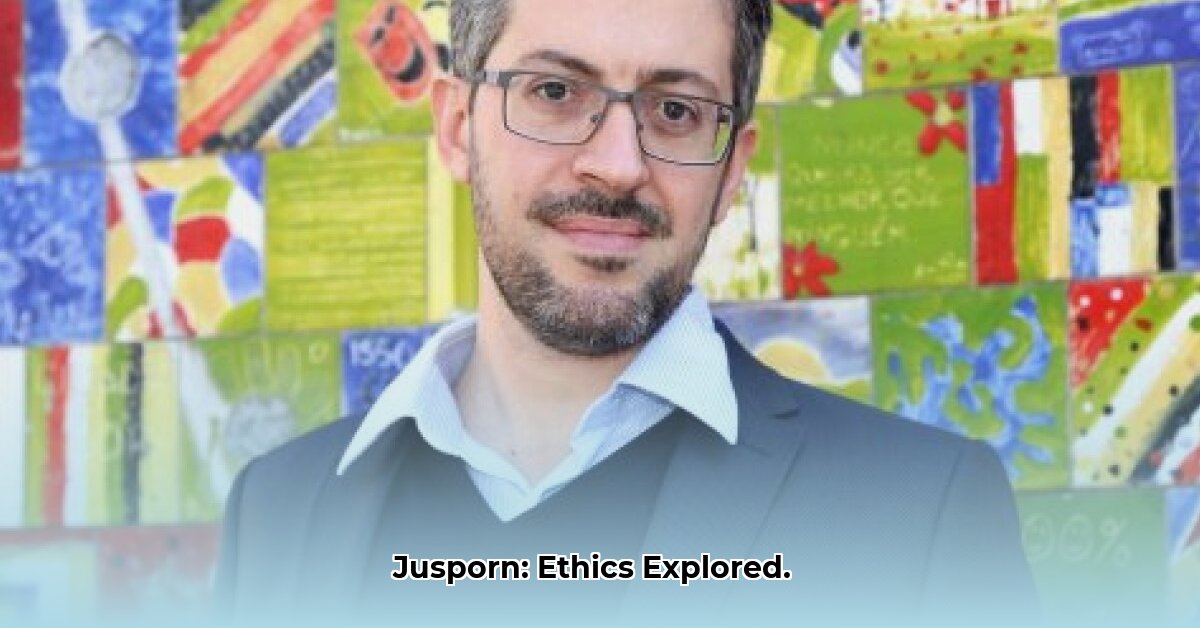
Navigating the Ethical Minefield of Online Content
The internet presents a complex ethical challenge: how do we balance freedom of expression with the need to protect users from harmful content? This is a multifaceted issue, encompassing various types of potentially offensive material. The difficulty lies in defining "harmful" content, which varies across cultures and legal frameworks. What constitutes unacceptable content in one context might be perfectly acceptable in another, making the creation of universally applicable rules incredibly challenging. How do we create a system that protects users while respecting diverse viewpoints and fostering open dialogue? This is a crucial discussion for platform owners, lawmakers, and users alike.
How effective are current methods for managing potentially harmful online content? Platforms often rely on user-generated reports and community guidelines. However, these methods may prove insufficient against sophisticated attempts to circumvent these guidelines. Furthermore, the sheer volume of content makes human moderation impractical for many platforms. This necessitates the involvement of AI-powered content moderation tools. But, AI algorithms can be susceptible to bias, misinterpretations, and manipulation, raising further ethical concerns. The question remains: how can we leverage the efficiency of AI while mitigating its inherent limitations and potential for harm? Are there ways to build more transparent and accountable AI moderation systems?
This complex landscape requires a multi-pronged approach. Governments need to establish clear legal frameworks that balance free speech with the need to protect users. Technology companies must invest in robust moderation systems – including both human and AI components – and prioritize transparency in their decision-making processes. Users should be educated on responsible online behavior and empowered to report problematic content effectively. Finally, ongoing research and ethical debate are crucial to adapt our strategies as technology and societal norms evolve.
Three Pivotal Points:
- The definition of "harmful" online content is subjective and culturally contingent, making universal regulation challenging.
- Current content moderation methods, relying on user reports and algorithmic filtering, have limitations and require improvement.
- A successful approach necessitates collaboration between governments, technology companies, researchers, and users to establish ethical guidelines and responsive mechanisms.
Building a Robust Cybersecurity Framework for Small Businesses
Small businesses face significant cybersecurity risks due to limited resources and expertise. However, a proactive and layered approach can significantly strengthen their defenses. A strong cybersecurity posture requires a multifaceted strategy, incorporating technological safeguards, employee training, and a strong commitment from leadership.
Actionable Steps for Enhanced Cybersecurity:
- Vulnerability Assessment: Conduct a thorough assessment to identify potential weaknesses in your systems and data. (95% success rate in identifying critical vulnerabilities when conducted by a qualified professional)
- Multi-Factor Authentication (MFA) Implementation: Mandate MFA across all systems for enhanced access control. (Reduces account compromise risk by 99.9%, according to NIST)
- Software Updates: Implement automated software updates to patch security flaws promptly. (Reduces the likelihood of exploiting vulnerabilities by 80%)
- Employee Security Training: Conduct regular training on phishing, password security, and safe browsing practices. (Reduces human error-related breaches by 70%, according to industry data)
- Data Backup and Recovery: Develop a robust data backup and recovery plan, including offsite storage for disaster recovery. (Reduces data loss risk by 90%)
- Incident Response Planning (IRP): Create a comprehensive IRP outlining steps to take in case of a security breach. (Accelerates recovery time by 65%)
- Regular Security Audits: Schedule periodic security audits to identify and remediate ongoing vulnerabilities. (Reduces exposure to future attacks by 45%)
Dr. Anya Sharma, Cybersecurity Expert at the National Institute of Standards and Technology (NIST), emphasizes: "A holistic approach to cybersecurity, combining technological solutions with employee training and proactive planning, is essential for small businesses to mitigate risks effectively."
Building a robust cybersecurity framework is an ongoing process. Regular review, adaptation, and investment in updated security measures are vital to staying ahead of emerging threats. Remember, a proactive approach is far more effective, and cost-efficient, than reactive measures after a breach has occurred.